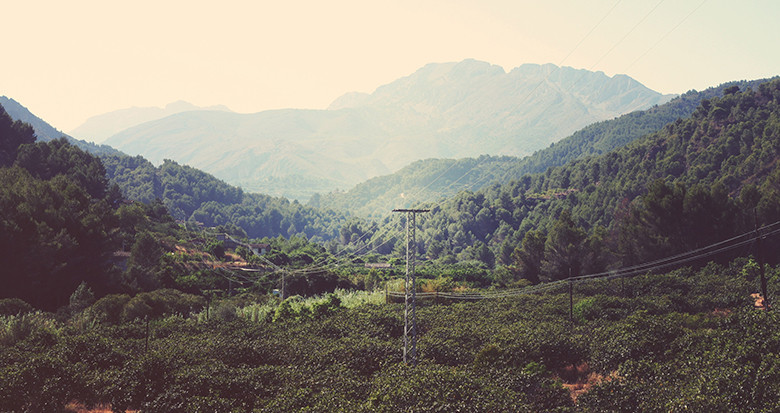NM Group commences powerline safety focused KTP with UK University
Contact between high voltage conductors and vegetation left to infringe the electricity transmission ROW was an implicated cause of the 2003 cascading blackouts in the north-eastern US. The North American Electrical Reliability Corporation (NERC) released standard FAC-003-3 which stipulates that no vegetation can remain within a minimum distance from the conductor, regardless of whether it can cause a blackout or not. This and the ever-present risk of forest or bushfires from conductor flashovers or falling branches or trees, the latter of which caused one of the many bushfires in Victoria, Australia on “Black Saturday” 2009, has led to vegetation management becoming an increasing priority for utilities.
Clearly developments that can reduce the cost and the risk associated with vegetation related faults and outages whilst improving the resilience of the power supply are strategically important to the power sector. Traditional visual inspections of vegetation can be subjective. A more quantitative approach is the inclusion of LiDAR and remote sensing in the inspection and auditing process. However, for the large volumes of data acquired to be a functional tool for utilities, it must be analyzed and presented effectively in the context of the often complex power line corridor environment.
NM Group KTP Associate, Sophie Davison, is leading the research project to assimilate expert knowledge surrounding remote sensing of forests and forest ecology from leading academics within a top tier UK university. The aim will be to develop best practice for modeling vegetation around power lines using LiDAR and other remote sensing data. Secondly to provide data in a format that improves the efficiency of utility foresters as well as asset managers and auditors. The data can be used for vegetation and asset management, proof of compliance with clearance regulations and risk assessment from danger trees or conductor flashover. The developments will aim to enhance the security and continuity of the supply of electricity whilst reducing the amount of time and money spent on tree cutting.
